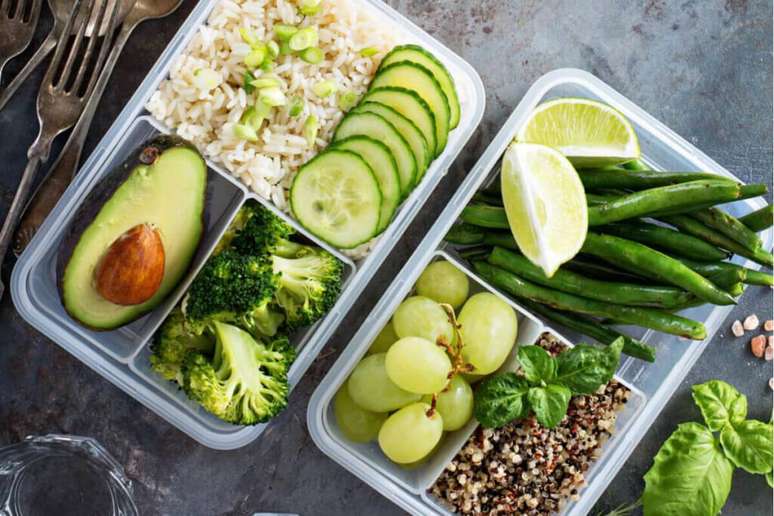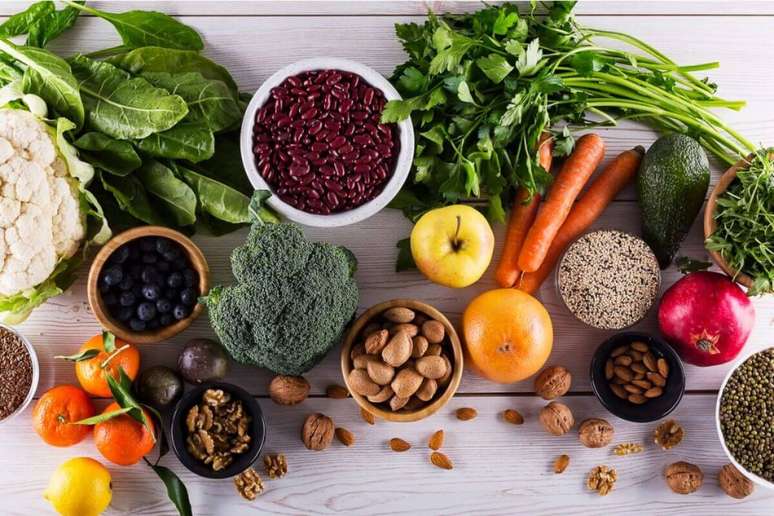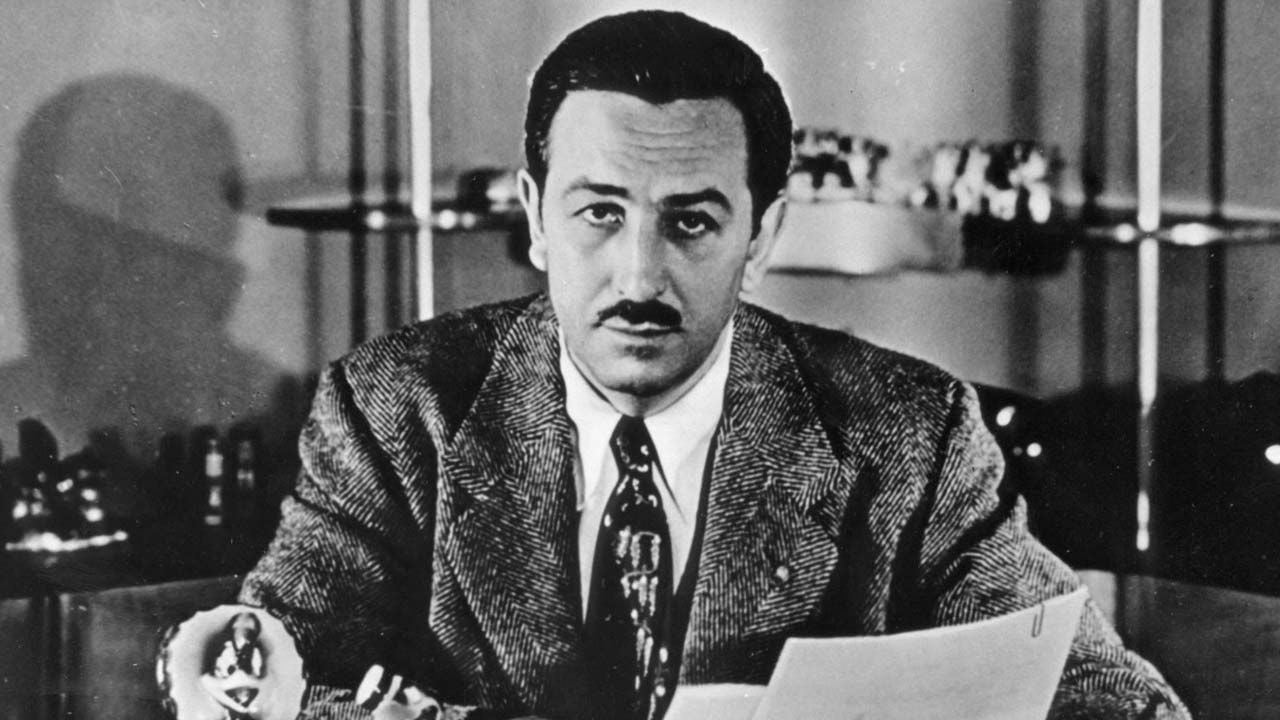Nutritionists teach how to make a healthy transition to vegetarianism
Proteins are essential for the proper functioning of the body. They help build skin, muscles, bones and other tissues. According to nutritionist Alessandra Luglio they also perform essential physiological and metabolic functions, such as structural, transport, regulatory and enzymatic.
“They are responsible for the formation and maintenance of cellular tissues, muscle synthesis, antibodies, enzymes, hormones, neurotransmitters, the transport of substances throughout the body and are a source of energy,” adds the nutritionist.
Protein sources
Protein can be found throughout the kingdom vegetable. They are present in fruit and vegetables, but the concentration is higher in legumes such as soy, edamame, lupins, peas, lentils, beans and chickpeas.
“They can be used in salads, stir-fries, burgers, broths, ravioli, pancakes, ‘grainmelette’ (which uses chickpea flour) and even in sweet preparations, such as black bean brownie or chocolate black bean mousse made from tofu. Oilseeds, such as peanuts and cashews, and vegetables, such as broccoli, cauliflower and mushrooms, are sources of protein, however they have a lower protein content than cereals.” explains Priscilla Mazza, specialist in sports nutrition and specializing in metabolic assessment.
Differences between plant and animal proteins
Every protein we consume is made up of a set of amino acids, they can be:
- Essentials: coming essentially from food.
- Not essential: obtained through food, but can also be produced by the body, starting from essential amino acids.
“When we ingest a protein, we are actually ingesting a combination of amino acids. This protein is not absorbed in its entirety, it is first broken down into amino acids and then the amino acids are absorbed by the body. Those who synthesize these essential amino acids are plants and , when animals consume vegetables, they store these amino acids”, explains nutritionist Alessandra Luglio.
When we consume foods from animal originwe consume amino acids synthesized by plants. “All plant foods contain proteins, which provide us with all the essential and non-essential amino acids that are essential for the balance of our body and health,” adds the nutritionist. Therefore, for the body there is no difference whether animal or vegetable proteins are consumed, both will be well absorbed.

Transition to vegetarianism in a healthy way
It’s possible replace animal proteins with plant-based ones without particular difficulties, but it is necessary to pay attention to some points, as Priscilla Mazza recommends: «The biggest mistake that occurs in this phase is food substitution. Many exclude meat, chicken, fish, eggs, milk and dairy products, which are protein sources, and switch to foods that contain carbohydrates, such as rice with vegetables, pasta with vegetables, rice with potatoes and vegetables. This way they end up having a diet with a protein deficit, which can compromise their health. “
Include foods rich in vitamin C in your meals
Priscilla Mazza recommends including a food source of vitamin C with meals, to promote the absorption of iron, and increase the consumption of dark green leaves such as cabbage, vegetables such as broccoli and calcium-enriched foods.
Nutritionist Alessandra Luglio reminds us that it is important to vary foods and include different food groups of plant origin. “It’s the big key to the success of this diet. Including fruits, vegetables, legumes, whole grains, legumes and seeds daily is the right way,” he recommends.
Source: Terra
Rose James is a Gossipify movie and series reviewer known for her in-depth analysis and unique perspective on the latest releases. With a background in film studies, she provides engaging and informative reviews, and keeps readers up to date with industry trends and emerging talents.







